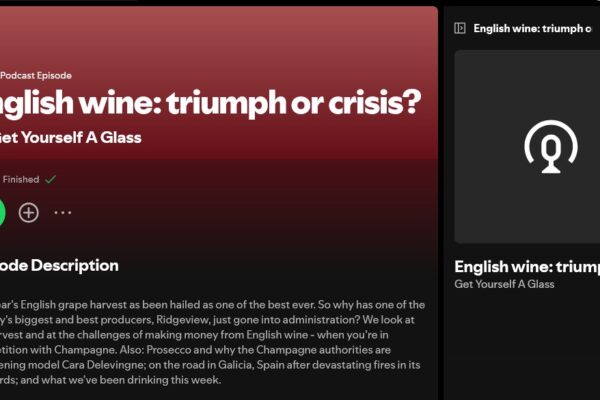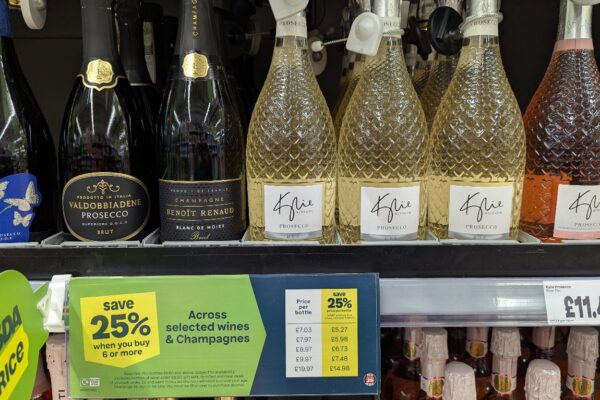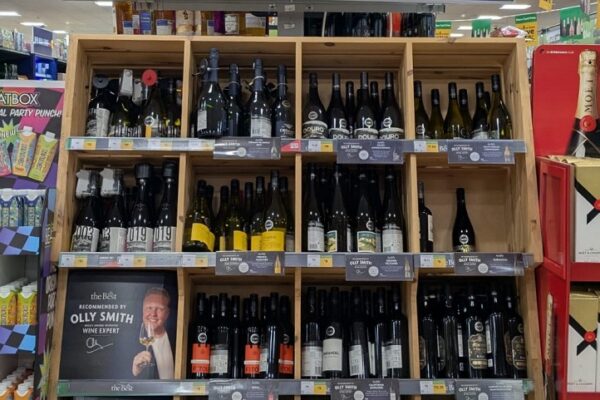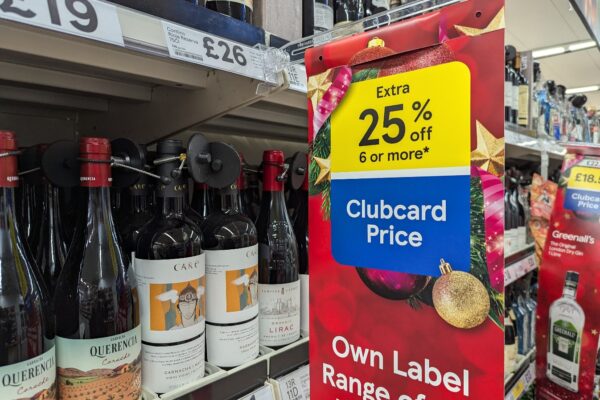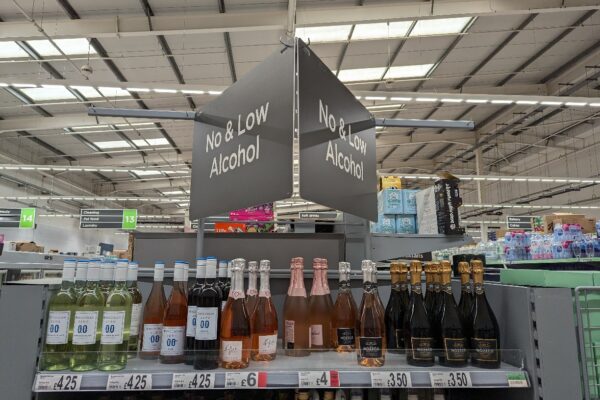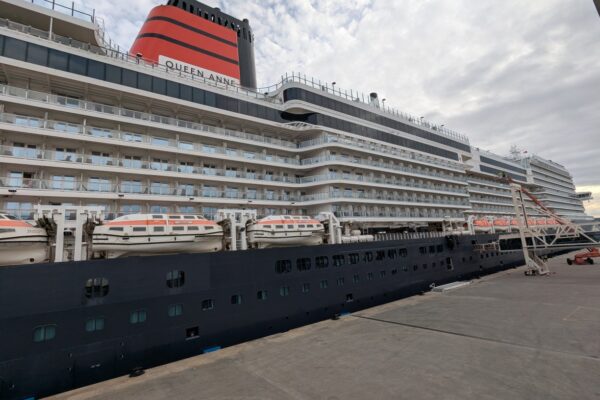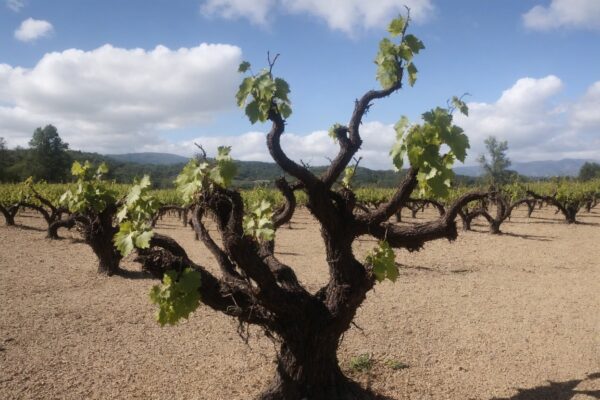This region blends age-old practices with modern techniques, producing wines that are highly regarded both in Portugal and across the globe.
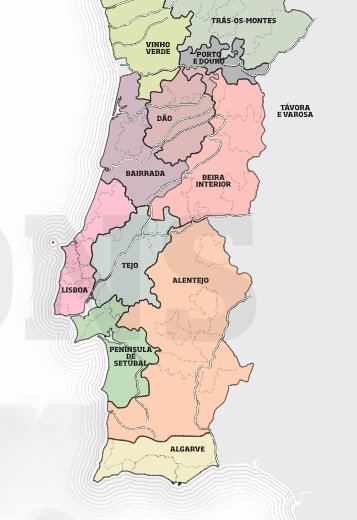
The geography of Alentejo is marked by rolling plains, varied soil types and a Mediterranean climate. Soils such as schist, clay, granite, marble and limestone provide the perfect foundation for grape cultivation. The predominantly hot and dry climate, with a strong continental influence, further enhances the conditions for growing high-quality grapes.
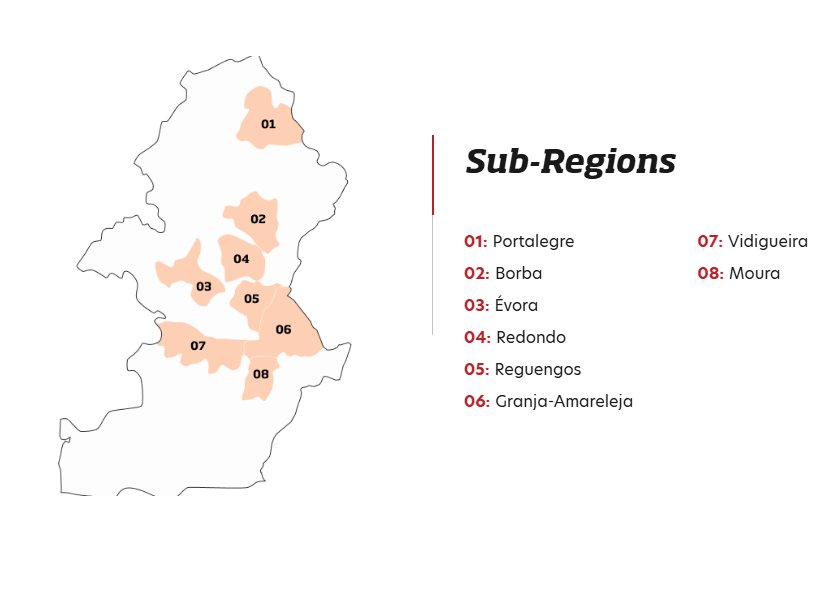
Alentejo is subdivided into eight distinct sub-regions: Borba, Évora, Granja-Amareleja, Moura, Portalegre, Redondo, Reguengos, and Vidigueira. Each of these sub-regions contributes to the region’s wine diversity. Portalegre, with its granite soils and cooler microclimate influenced by the Serra de São Mamede mountains, stands out. Borba, Évora, Redondo, and Reguengos form the core of Alentejo’s wine identity, offering wines that balance freshness with fruitiness. Granja-Amareleja, Moura, and Vidigueira, located in the south, are known for producing wines with softer profiles, influenced by their harsher climate and less fertile soils.
Alentejo’s vineyards are home to a wide range of grape varieties. Among red grapes, Alicante Bouschet is recognised for its intense colour and robust tannins, Aragonez (Tempranillo) offers moderate acidity, and Trincadeira is celebrated for its aromatic complexity. White varieties include Antão Vaz, which produces full-bodied wines with tropical fruit notes, Arinto, known for adding acidity and freshness to blends, and Roupeiro, valued for its aromatic intensity.
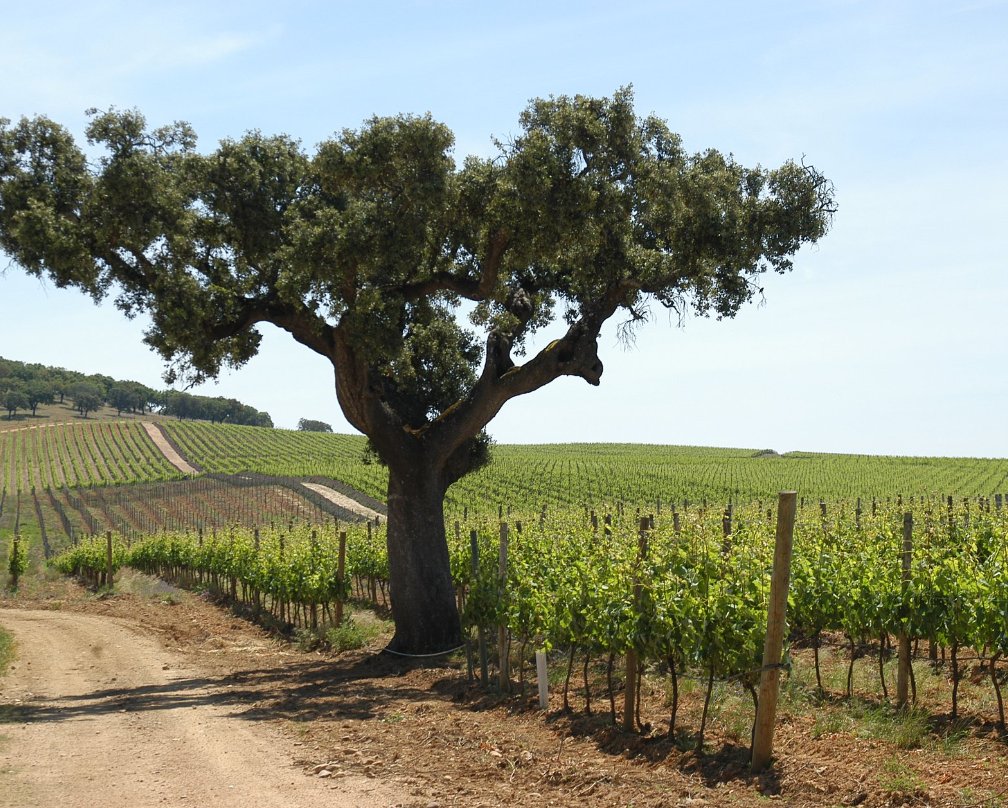
Winemaking in Alentejo has roots stretching back to Roman times. A unique tradition in the region is the production of Vinho de Talha, where wines are aged in clay amphoras. This method, practised for over 2,000 years, imparts distinctive flavours and aromas to the wines.
The region produces a variety of wine styles. Alentejo’s red wines are typically full-bodied, richly coloured, and well-balanced, often blending multiple grape varieties to achieve complexity. White wines are prized for their aromatic profiles and firm structure, with citrus and floral notes being common. Rosé wines are distinguished by their strong aromatic character and smooth palate, making them enjoyable both when young and after aging.
Alentejo is home to more than 250 wineries, combining traditional methods with modern innovations. Renowned producers include Herdade do Esporão, known for sustainable practices and premium wines, Cartuxa, celebrated for its adherence to traditional winemaking techniques and Adega Mayor, noted for its modern approach and architectural design.
The Alentejo wine region in Portugal operates under two main wine classifications:
Alentejo DOC (Denominação de Origem Controlada) is the higher classification, comparable to the French AOC system. Wines under this designation must be produced within one of eight specific sub-regions: Portalegre, Borba, Redondo, Évora, Reguengos, Granja-Amareleja, Vidigueira and Moura and adhere to strict quality standards. To qualify as Alentejo DOC, wines must contain at least 75% of approved grape varieties, ensuring the preservation of the region’s unique wine identity.
Vinho Regional Alentejano, corresponds to the French vin de pays classification. It encompasses a broader geographical area, including wines made outside the eight DOC sub-regions. This classification allows winemakers greater flexibility in grape selection and production techniques, promoting creativity and diversity in wine styles.
Both classifications are regulated and certified by the Alentejo Regional Wine Growing Commission (CVRA). They also impose specific aging requirements for various wine styles, such as Reserva, Grande Reserva and Garrafeira, ensuring quality across all levels of production.
The Alentejo wine region is a vibrant example of Portugal’s rich winemaking heritage. Its diverse terroirs, ancient traditions like Talha winemaking, and modern advancements establish Alentejo as a leader in Portuguese viticulture.




